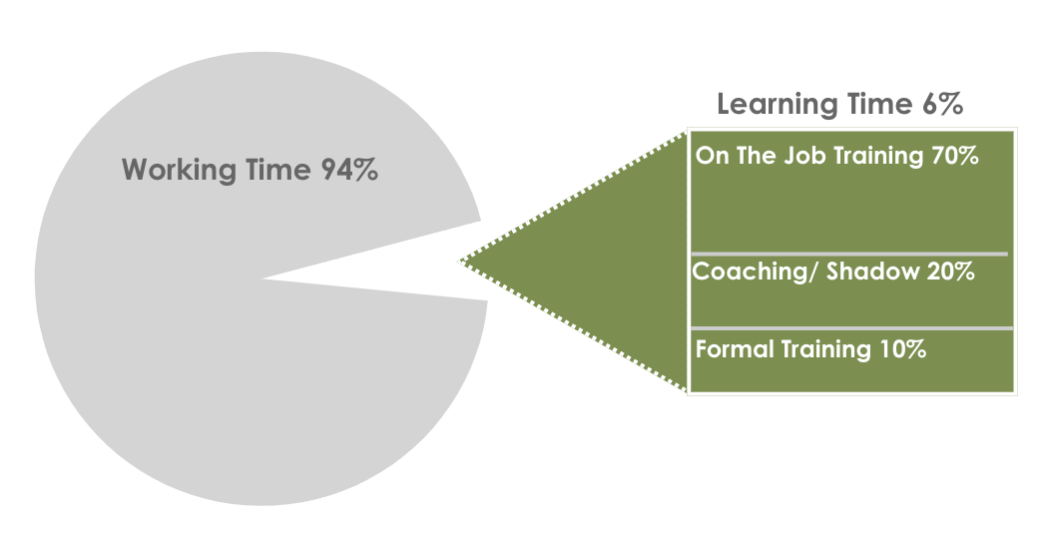
Measurement for Success
With the end of the year upon us, we are hardwired to look backwards and determine whether or not we achieved what we set out to do this year. Pop culture highlights top 10 lists of movies, music, and interesting people that excelled throughout the year. Why not take a moment to determine how we use the tools and data we have available from 2022 to set ourselves up for a successful 2023 as well?
Most organizations, Lisa Isaac HR Professional Services (“LIHR”) included, track metrics or Key Performance Indicators (“KPIs”) related to elements of performance. You don’t need fancy software or an exhaustive system to find the data you need to identify KPIs in your business. When you identify the metrics that are important to your unique organization, you can also compare yourself to your industry, labour competitors, and overall business trends. You also drive behaviours in your organization that perpetuate your organizational culture. The question is how and why do we leverage this information into ongoing and sustainable performance? Here at LIHR, we are focused on driving sustainable success by using the data we have around Health and Safety, Learning, and Recruitment to continuously reflect upon and improve our work experience and business practices, not just at year end!
1. Safety KPI – driving engagement and living our values
Workplace health and safety are one of the core values of LIHR. As we measure our performance, we aim to engage our employees in a health and safety mindset. We could just track our number of safety talks or workplace inspections, but that doesn’t measure employee engagement in our safety culture. Instead, we look to KPIs on employee safety engagement – the identification and frequency of hazard reports, post-event surveys or quizzes, and participation in ongoing meetings with management that include discussions of psychological health and safety aspects. To monitor our progress towards our goals we also practice what we provide clients, including annual HRHS Health Checks on our policies and practices, and anonymous workplace psychological health and safety surveys.
2. Learning and development KPI – time and resources spent in formal learning
On average, businesses in Canada invest 40 to 60 hours a year per employee on training, learning, and development. Keep in mind that not all learning needs to occur in a classroom or through formal training. In the learning model “the 70/20/10”, only 10% of learning time is spent in formal training; 20% is shadowing, coaching, or mentoring, and may even include developing skills through volunteering in the community; while 70% of learning is done on-the-job. By tracking and monitoring learning hours (the 10% of formal learning), you can ensure learning opportunities are offered equitably while empowering employee growth and retention, and develop the skills your workforce needs in-house.

3. Recruitment KPI – Time to fill
This metric captures the number of days between publishing a job posting and the hire date of the candidate, which helps indicate the supply of labour, HR planning, and recruitment investments. This number will vary between level and position type and is highly impacted by external sources like the labour market, but can create realistic expectations with employees and management leading to successful hiring, budget attainment, and overall satisfaction with the process. While considering the data you collect and use from KPIs or metrics, always ask yourself how it can improve your operations. Although we can collect a million pieces of information, does that time and effort actually improve your customer’s or employees’ experience or impact you bottom line? By approaching your metrics and KPIs strategically, you can help your business drive behaviours that attract, retain, engage, and build talent, which ultimately supports your organizational culture. Your HR business partner, or services like our 4-Hour Monthly HR Advice Package, can help you navigate your health and safety, learning, and employee experience metrics and apply it to your unique organization and jurisdiction.
For professional HR advice that you can trust, contact us today!
Lisa Isaac HR Professional Services
From the LIHR team and lead collaborator, Rebecca Wilkinson, HR Consultant


